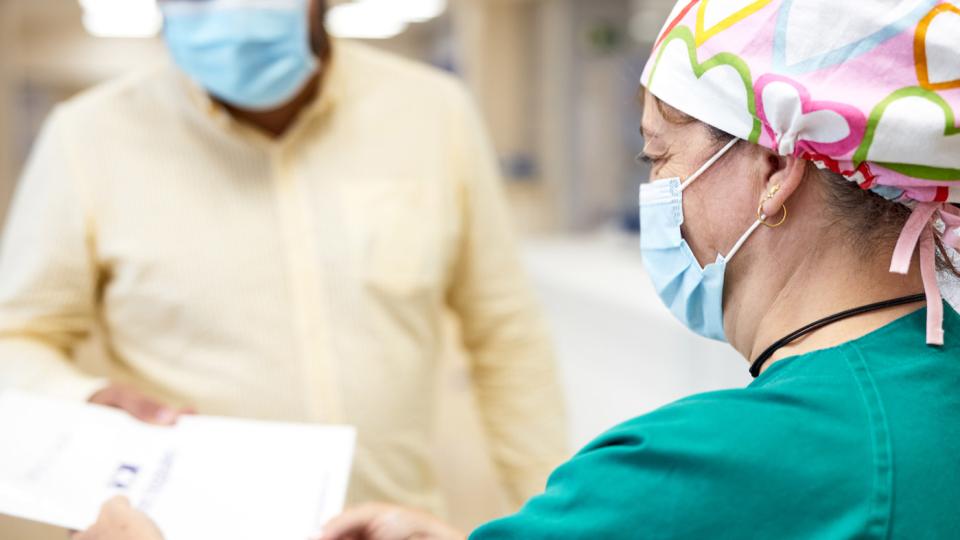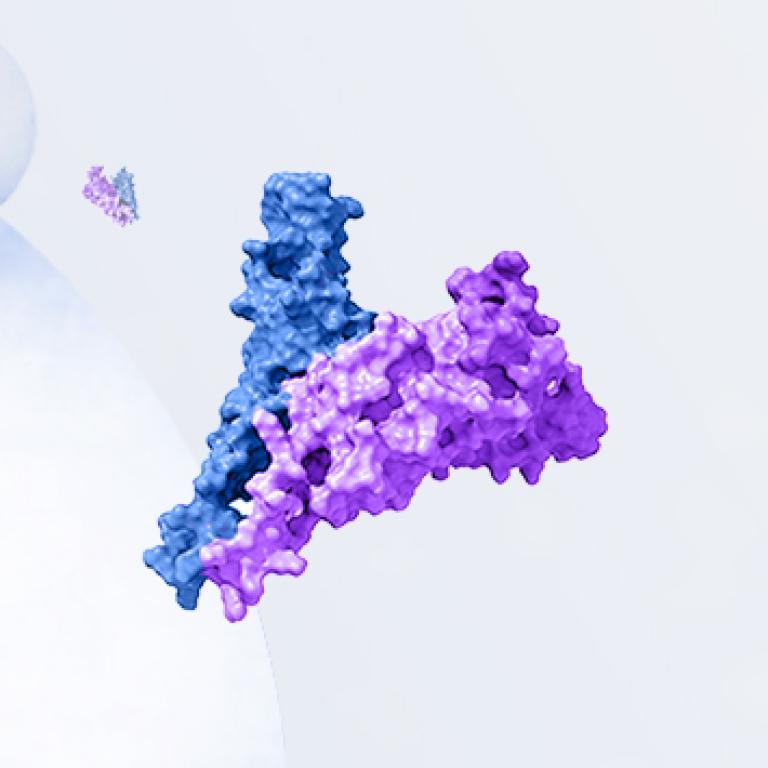COVID-19 jest chorobą zakaźną wywoływaną przez koronawirusa o nazwie SARS-CoV-21. Koronawirusy należą do licznej rodziny wirusów powodujących zakażenia u ludzi, ptaków i ssaków. Czasem przenoszą się ze zwierząt na ludzi.2

Światowa Organizacja Zdrowia (WHO) została powiadomiona o istnieniu nowego wirusa 31 grudnia 2019 po ogłoszeniu licznych zachorowań na „wirusowe zapalenie płuc” w chińskim mieście Wuhan.1. Liczba potwierdzonych przypadków bardzo szybko rosła. W styczniu 2020 r. codziennie diagnozowano ich tysiące, a 30 stycznia WHO uznała, że zachorowania na COVID-19 stanowią zagrożenie dla zdrowia publicznego o zasięgu międzynarodowym. 11 marca 2020 r. WHO oficjalnie uznała COVID-19 za światową pandemię3.
Większość chorych na COVID-19 przechodzi lekkie lub umiarkowane zakażenie układu oddechowego, które nie wymaga specjalistycznego leczenia. Niestety część osób zapada na ciężką postać choroby i potrzebna jest im pomoc medyczna. Ludzie starsi i cierpiący na schorzenia towarzyszące takie jak choroby układu krążenia, cukrzyca, przewlekłe choroby układu oddechowego czy rak, są bardziej narażone na ciężki przebieg zakażenia4.
COVID-19 rozprzestrzenia się, gdy zakażona osoba wydycha niewielkie cząstki i kropelki z układu oddechowego, zawierające wirusa. Inni ludzie mogą je wdychać bądź wchłaniać przez oczy, nos lub usta. Może się również zdarzyć, iż znajdują się one na powierzchniach dotykanych przez inne osoby. Każdy człowiek zakażony COVID-19 może przenosić chorobę, nawet jeśli sam nie ma żadnych objawów5.
Oto najważniejsze środki zapobiegawcze stosowane w celu zatrzymania rozprzestrzeniania się wirusa6:
• częste mycie rąk wodą z mydłem lub żelem odkażającym;
• zakładanie na twarz maseczki, gdy nie da się zachować bezpiecznej odległości
• unikanie zatłoczonych miejsc, pomieszczeń, które nie są odpowiednio wentylowane oraz dłuższego kontaktu z innymi ludźmi;
• niedotykanie powierzchni, zwłaszcza w miejscach publicznych, klinikach, przychodniach itd.
• pozostanie w domu, jeśli pojawiły się jakiekolwiek objawy choroby
• przestrzeganie lokalnych wytycznych i rekomendacji w zakresie szczepień.

Zaangażowanie firmy HIPRA na rzecz zwalczania COVID-19
Firma HIPRA, która posiada 50-letnie doświadczenie w walce z chorobami zakaźnymi poprzez opracowywanie szczepionek, angażuje się na rzecz zdrowia, ludzi, społeczeństwa i postępu. Z tego powodu, w obliczu wyjątkowej sytuacji, nasza organizacja od początku chciała podzielić się fachową wiedzą, aby pomóc w walce z pandemią dzięki opracowaniu szczepionki proteinowej rekombinowanej przeciwko SARS-COV-2 (Pozwolenie na dopuszczenie do obrotu zostało wydane w Europie 30 marca 2023 r., a w Zjednoczonym Królestwie 31 lipca 2023 r).
Bibliografia i materiały referencyjne:
1. Światowa Organizacja Zdrowia. Podstawowe informacje na temat COVID-19, [Internet] materiał dostępny na stronie: https://www.who.int/emergencies/diseases/novel-coronavirus-2019/question-and-answers-hub/q-a-detail/coronavirus-disease-covid-19 (data ostatniego wejścia: 8 marca 2023)
2. „Information for the public. Questions and Answers about the new COVID-19 Coronavirus [Internet]”. materiał dostępny na stronie: https://www.sanidad.gob.es/en/profesionales/saludPublica/ccayes/alertasActual/nCov/ciudadania.htm (data ostatniego wejścia: 8 marca 2023 r.)
3. Hu B, Guo H, Zhou P, Shi ZL. Cechy charakterystyczne SARS-CoV-2 i COVID-19. Nat Rev Microbiol. 2021;19(3):141-154.
4. Światowa Organizacja Zdrowia. Koronawirus, [Internet] materiał dostępny na stronie: https://www.who.int/health-topics/coronavirus#tab=tab_1 (data ostatniego wejścia: 8 marca 2023 r.)
5. Centres for Disease Control and Prevention. [Internet]. materiał dostępny na stronie: https://www.cdc.gov/coronavirus/2019-ncov/prevent-getting-sick/how-covid-spreads.html (data ostatniego wejścia: marzec 2023 r.)
6. Światowa Organizacja Zdrowia. Pytania i odpowiedzi dotyczące rozprzestrzeniania się COVID-19. [Internet] materiał dostępny na stronie: https://www.who.int/news-room/questions-and-answers/item/coronavirus-disease-covid-19-how-is-it-transmitted (data ostatniego wejścia: marzec 2023 r.)

